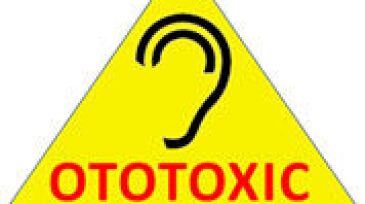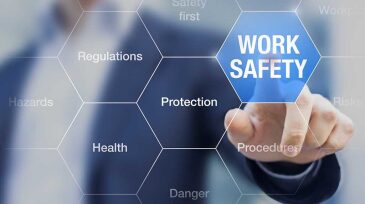OSHA
-
The US Occupational Safety and Health Administration, the National Institute for Occupational Safety and Health, the State of North Dakota, and the Bakken Basin Safety Consortium have signed an alliance to protect employees and promote safety and health in the oil and gas industry.
-
OSHA’s efforts to require employers to report occupational fatalities and certain injuries in a timely manner lack “sufficient guidance on how to detect and prevent underreporting,” the Department of Labor Office of Inspector General states in its semiannual report to Congress.
-
To better protect workers exposed to respirable crystalline silica, OSHA has issued two new standards: one for construction and another for general industry and maritime. OSHA will begin enforcing most provisions of the standard for general industry and maritime on 23 June.
-
Millions of workers are exposed to noise in the workplace every day and, when uncontrolled, noise exposure may cause permanent hearing loss. Research demonstrates exposure to certain chemicals, called ototoxicants, may cause hearing loss or balance problems, regardless of noise exposure.
-
The US Department of Labor’s Occupational Safety and Health Administration, which had ceased most programmed enforcement actions following Hurricane Harvey, resumed normal enforcement throughout Texas and Louisiana.
-
OSHA still has a lot of items on its regulatory agenda for 2017-2018, despite President Trump's plans to shrink the agency.
-
An updated app for smart phones and other mobile devices can help workers stay safe when working outdoors in hot weather.
-
The American Society of Safety Engineers (ASSE), the world’s oldest professional safety organization, has crafted an “OSHA Reform Blueprint” that details its priorities and vision for the Occupational Safety and Health Administration (OSHA) in a time of political change.
-
A NIOSH hygienist examines emerging chemical exposure risks workers faced during drilling, completions, and servicing operations.
-
A closer look at technological and mechanical solutions being developed to limit exposure to respirable silica dust during hydraulic fracturing operations in the wake of US government regulations.
Page 2 of 2









